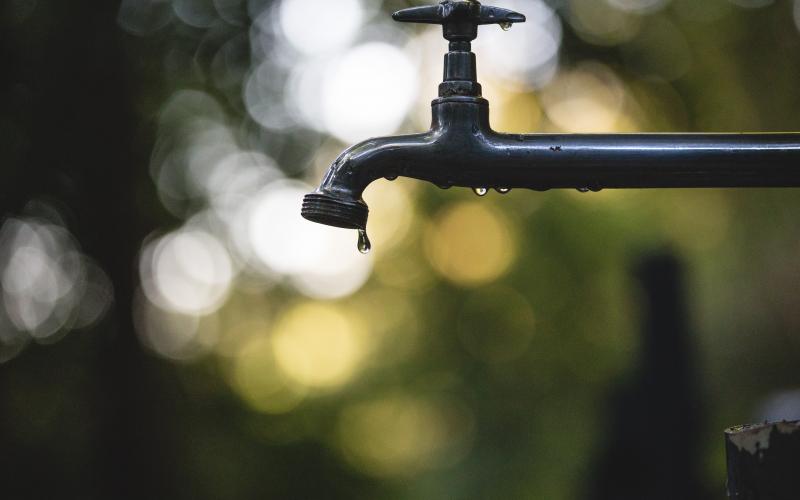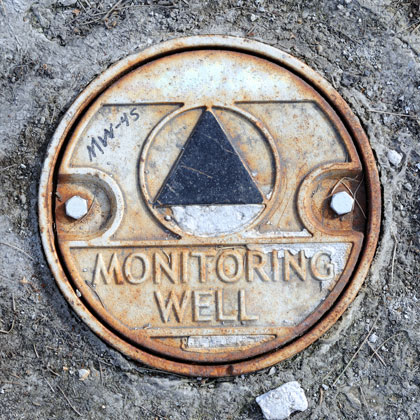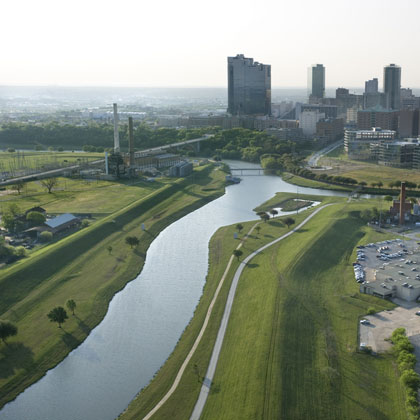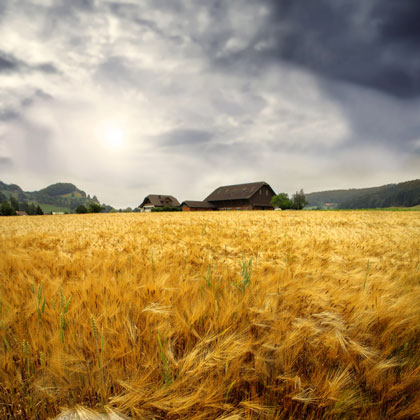Mass media and the demand for water: a surprising connection

Mass media and the demand for water: a surprising connection
Does news coverage affect the length of people’s showers? A recent scientific study seeks to understand how mass media is related to water use behavior, by examining the influence of abnormally high drought related news coverage in California’s San Francisco bay area. The researchers find a strong link between heightened news coverage and a reduction in urban water use, indicating that mass media has the potential to lead to significant behavioral changes.
Quesnel, Kimberly J., and Newsha K. Ajami. “Changes in water consumption linked to heavy news media coverage of extreme climatic events.” Science Advances 3, no. 10 (2017): e1700784.
With all the talk about fake news, it seems as though the credibility of news media is slowly deteriorating. Simultaneously, the endless stream of disturbing events we read about in the news might numb us from caring. However, pressing environmental problems such as climate change-induced droughts call for action, not apathy. Ignoring this issue will lead to severe ecological disaster, resource scarcity and social unrest. Do individuals sit back and do nothing when they read about droughts? Or can drought news elicit significant behavioral changes towards responsible water usage?
Researchers have investigated how mass media can influence public awareness and behavior surrounding environmental issues such as climate change and energy usage. However, little is known about the influence of media coverage on the demand for water. A recent scientific study analyzed the linkages between drought-related news coverage and urban water use in California’s San Francisco bay area, and found an interesting relationship between drought news and water usage. It is the first study investigating the relationship between news coverage and water use behavior.
In the article, published in the October edition of Science Advances, Kimberly Quesnel and Newsha Ajami from Stanford University investigate the relationship between drought-related news and urban water use in the San Francisco bay area between 2005 and 2015. In this time period, two significant droughts occurred: between 2007-2009 and 2011-2016. The first drought received little news coverage, as it coincided with a historical presidential election and an economic recession. The second drought received unprecedented publicity, with sometimes hundreds of articles released each month from state and national newspapers.
Quesnel and Ajami analyzed drought news coverage by nine highly circulated national and California-based daily newspapers, such as the New York Times and the Sacramento Bee. Using this coverage, they created a model for studying how drought news affects water usage in several demographic areas of the San Francisco bay region. To account for possible differences among socioeconomic levels, the researchers split up the region according to demographic characteristics like income and unemployment rate. Lastly, they monitored meter data of household residents and businesses to better understand when and why dramatic changes in water demand occur.
The study revealed a strong link between heightened news coverage and a reduction in urban water use. When drought news was more prevalent, people responded by conserving water; for instance by letting their lawns turn brown, or taking quicker showers. Specifically, the publication of 100 drought-related articles in a two-month period was related to an 11-18 percent decrease in water use across all demographic areas. Surprisingly, households seemed to be more attuned to drought news than businesses were. Of the two user groups, households were significantly quicker to respond to drought news by lowering water consumption.
The fact that news media has the potential to lead to significant behavioral changes is big news. Since climate change is exacerbating water scarcity worldwide, the more water that can be conserved, the better. Since this is the first study to link news coverage to water demand, the researchers see significant potential for exploring other connections between mass media and water use behavior. As people start trading traditional news outlets for Twitter and Facebook, it would be interesting to analyze how social media and user interactions might influence water demand. Better understanding the factors that influence water usage can allow policy makers to create adequate strategies for public water conservation.




